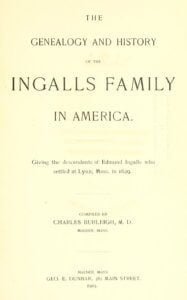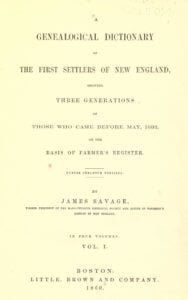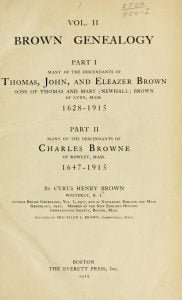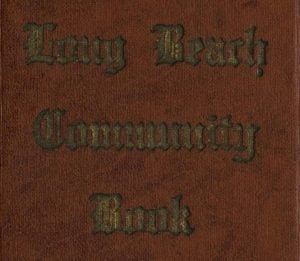Biography of Fred H. Fellows
Fred H. Fellows, one of Chichester’s representative men, was born in this town, December 18, 1859, son of John and Ursula M. (Webster) Fellows. His grandfather, John Fellows (first), learned the blacksmith’s trade in Chichester, and followed it in this town during the active portion of his life. John owned a small farm, which he also cultivated industriously. In politics he was a Democrat, and he served as a Selectman and in other town offices. He married Betsey Page, who bore him eight children, six of whom are living; namely, James B., Esther, Elizabeth J., Louisa, Frank J., and Octave. … Read more







